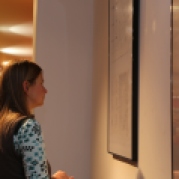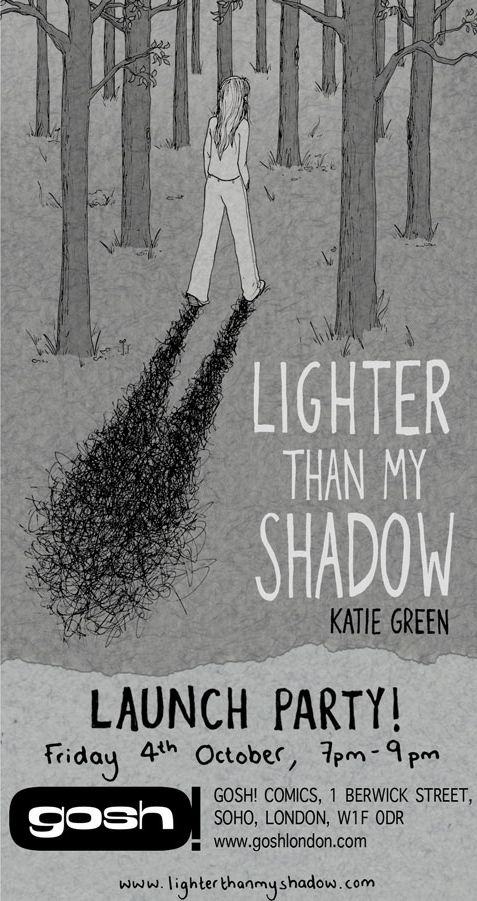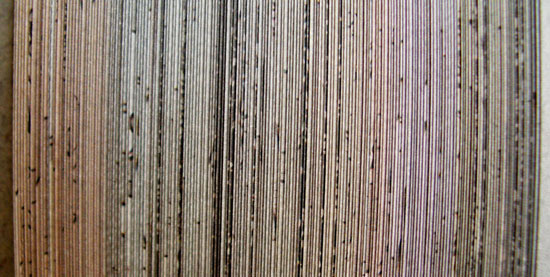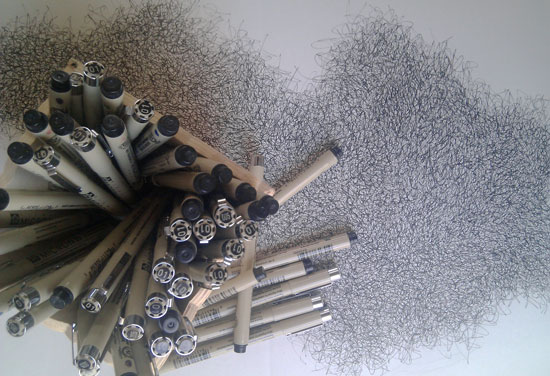
It has been quite a month!
I wrote on my website recently about how strange it is that Lighter Than My Shadow is now finished and ‘out there’. After working on it in virtual isolation for so long, it has been odd (and quite wonderful) to at last be sharing it, and hearing what people think. I’ve spent the month since publication traveling all around the UK for launches, book fairs and events to talk about the book. I’ve been interviewed in The Guardian and I’ve even been on Radio 4.
I spent a long time preparing myself for these months. I knew, to some extent, what I was letting myself in for: that, for a while at least, my identity might once again be defined by the illness I’ve experienced. I decided I was OK with that. But still it’s been weird and hard to stand up and speak and answer questions from strangers who now know so much about my personal life. But it’s also been wonderful to talk. Part of why I wanted to write the book is because I don’t think we talk about the difficult things enough. And so I intend to keep talking.
I’ve been thinking a lot about how to use this website going forward, especially the blog. I’ve still got some more things I can share about making the book, including a considerable number of ‘deleted scenes.’ But I’d also like to open the conversation, and use the space to answer questions – about the book or about recovery in general – so if you have a question please do contact me. I’ve loved hearing from everyone who’s written to me in response to the book so far. Though I sadly haven’t had time to respond to every email individually, I have read and appreciated them all. Thank you.






















